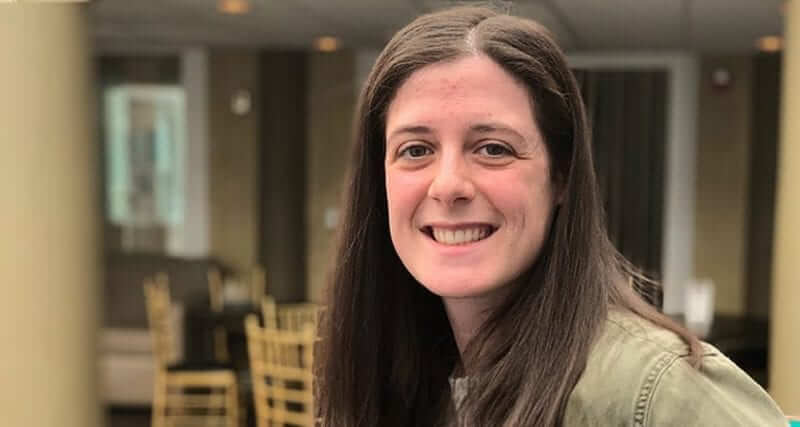Gabrielle Sebastian, Manalapan, 4th Grade
“While I was in college, I wasn’t sure what direction to go in, so I decided to try Teach for America, a program that places students that recently graduated into high needs teaching areas. They generally give them alternate route teaching certifications through the program. It is a two year commitment. After those two years you can then teach somewhere else.
I first taught in Camden, first year Kindergarten, and the following year 3rd grade. For the first two years that I taught there, I actually lived in Camden. Camden is a very isolated city. You have to take a few highways just to get out of Camden, just to get to a mall. Until recently, certain areas of Camden were food deserts, meaning that for those areas there was no access to supermarkets. So, no fresh produce or meats or even milk in some places.
I definitely had a better sense of the culture of the people who lived in Camden from living there, too. I learned to conform to the needs of the students. There is a lot of trauma in the lives of the kids, a lot of students that do not have the funds or the means to get what they need, whether medical or emotional. I experienced students whose parents – or sometimes both parents – were in jail; kids who had seen death at a very early age; students who had experienced violence at such a young age.
I saw a lot of students that had struggled with behaviors in the past come into my classroom and come out as a different student. This one boy in particular came to my class, and he had a history of behaviors. One teacher even warned me when she saw his name on my roster: ‘Be ready for this. He comes with a lot of baggage.’ He definitely had experienced trauma in his life, and he would act out. He was known to bang his head on the wall, to the point his head would bleed. He would put his head on the carpet, and give himself rug burns on his forehead, by running in circles on the carpet. He would get so overwhelmed and just lose it.
In learning about him, and taking the time to get to know him, it turned out that he would get overwhelmed by the fact that he didn’t feel adequate enough to do the work. He would get a piece of work in front of him and he would feel like it was too much and that he would never be able to finish it, and he would hurt himself. So I would start off small by just encouraging him, and taking steps so he wouldn’t feel so overwhelmed. Like, I would cut up his paper into smaller chunks that he could deal with, just little things like that. Sometimes I would let him come over to me while I was teaching, and he would simply hold my hand while I taught. It was just simple reassurances like that that helped him to feel safe and trust me. The other kids intuitively knew that was what he needed, and the other kids would talk to him when he was upset, or rub his back, and give him a hug, and say, ‘You got this!’
At the end of my time with him, that same teacher said to me, ‘The student I told you about, he is a different person since he came to your class.’ When you keep in front of the students the potential of what they can be, and that you believe in them, they start to see it for themselves, and it changes them. It really does.”
- Interview and portrait by Gregory Andrus. To see more of his work, visit portraitsofthejerseyshore.com





